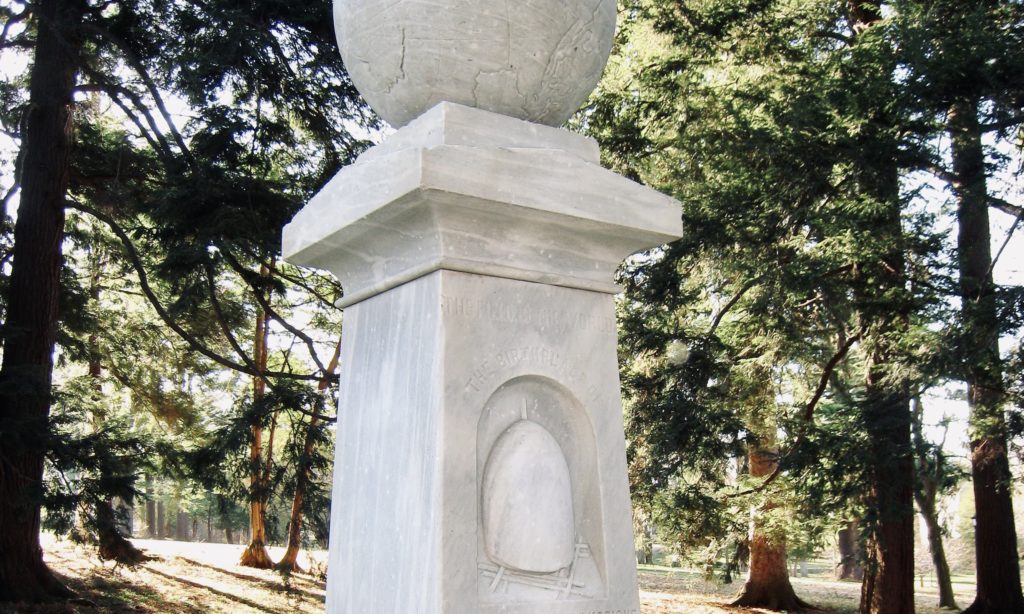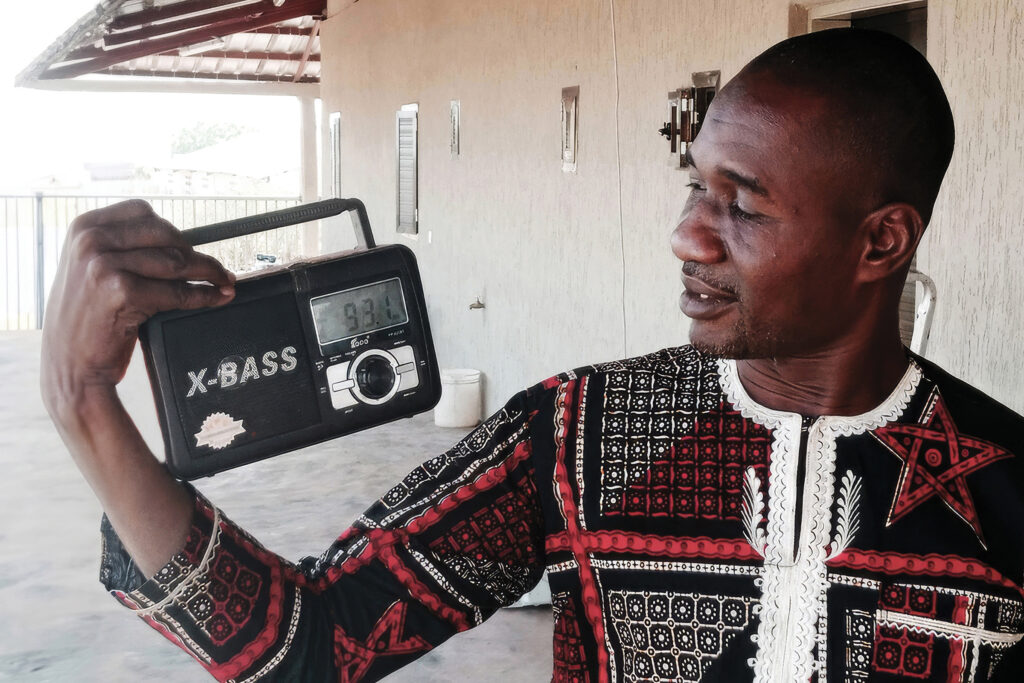The modern missionary movement is growing.
Over the past 50 years, the number of Christian missionaries has nearly doubled from 240,000 to 440,000.
This fact may disturb those—even some professing Christians—who dismiss modern missions as Western imperialism suppressing cultures that want nothing to do with the gospel. John Donnelly, an American author, once described missionaries as “people with big hearts and big ideas, but without much else, without knowledge and perhaps without enough humility” (A Twist of Faith: An American Christian’s Quest to Help Orphans in Africa, 5).
This view is not an uncommon caricature of the missionary—a big-hearted but culturally insensitive zealot. Admittedly, the history of missions has its blemishes and blunders of questionable methods and motives. But to dwell upon these critiques is to ignore the big picture, historically speaking.
Even those from opposing ideologies, occasionally, are able to affirm the global, societal benefits of missionary activity. Matthew Parris, an atheist and former British Press Columnist of the Year, wrote, “Christians black and white, working in Africa, do heal the sick, do teach people to read and write, and only the severest kind of secularist could see a mission hospital or school and say the world would be better without it.”
Likewise, a study by UNC-Chapel Hill sociologist Robert Woodberry found that missionaries are a “catalyst in the development and stability of nations.” This finding represented Protestant missionaries, who were less politically motivated and more inclined toward personal conversion. On average, their presence helped foster human flourishing and societal welfare in terms of economic growth, improved health, lower infant mortality, and greater literacy, among other things.
In a recent podcast, Tim Keller touted the missionary emigration to the non-Western world as the “greatest thing that has happened in the past 100 years.”
Because of the worldwide impact of Protestant mission, we might be tempted to think that its origins were equally as glorious. However, church history paints us a less than dazzling picture.
Humble Origins
The modern missions movement arose through a handful of unlikely Williams College students. Samuel J. Mills and his four friends sat in a field conducting their regular, biweekly meeting for theological conversation on an ordinary August evening in 1806. As the evening progressed, the discourse turned to the topic of overseas missions—the students stirred by a William Carey booklet to reach the unbelieving populations of Asia.
A sudden crack of thunder took them all by surprise. They took cover from the downpour beneath a nearby haystack and continued their passionate conversation. After much deliberation, prayer, and worship, Mills cried out, cutting through the pouring rain: “We can do this, if we will!”
The event is etched in time immemorial as the Haystack Prayer Meeting, widely considered the birthplace of modern missions. It is believed that this was the first formal American gathering specifically devoted to modern, foreign missionary service.
Members of the “haystack group” would later pioneer a missions bureau called the American Board of Commissioners for Foreign Missions (ABCFM), responsible for sending the nation’s first Protestant missionaries to foreign countries.
The seismic shifts caused by the Haystack Prayer Meeting are still being felt today, as missions work continues to ripple across the globe—all because five young men bent on doing the Lord’s bidding met under some hay.
If this story teaches us anything, it is that God oftentimes advances his kingdom through seemingly ordinary and normal means—fellowship, preaching, and prayer—to accomplish global growth.




